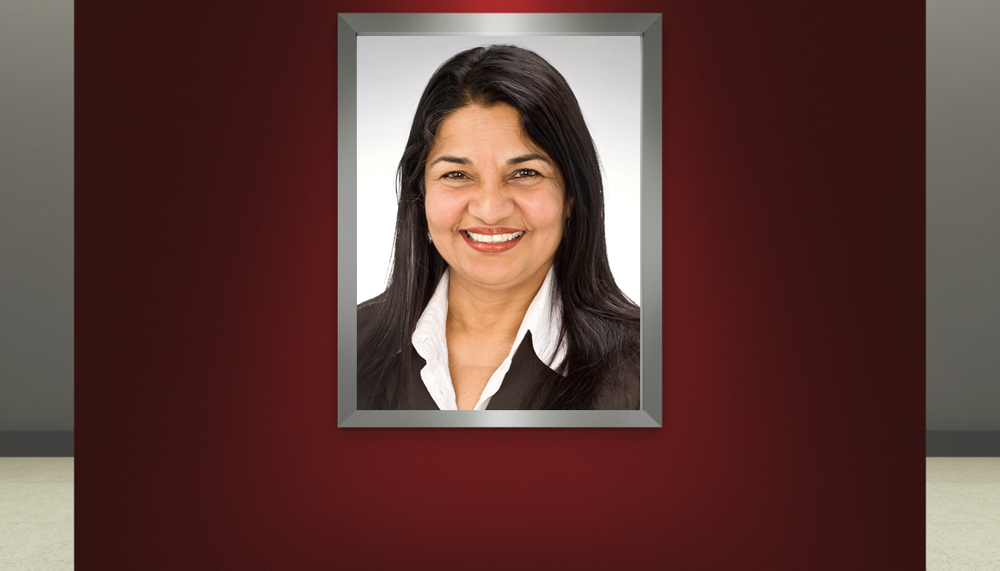Hepatology pioneers share word of initiative at Royal Perth hospital.
The results of a program focused on maximising the use of nurses in one of Australia’s busiest hepatology units were presented recently at the Asian Pacific Association for the Study of Liver (APASL) conference in Brisbane.
Aware of the increase in the prevalence of liver cancer, Australia’s first nurse practitioner specialising in hepatology, Saroja Nazareth, joined Dr Wendy Cheng to develop a nurse-led initiative to assist the gastroenterology and hepatology department at Royal Perth Hospital – one of the nation’s largest.
The department had struggled with tightening budgets, medical workforce shortages and increasing patient demand. However, since Nazareth and Cheng started their program in 2010, nurses have effectively provided support and close follow-up to patients with cirrhosis of the liver who are at risk of developing liver cancer – freeing up medical staff in the process.
The close screening and follow-ups ensure that liver cancer is identified early, at a stage when curative treatment is possible.
Fifty months on, Nazareth and Cheng have delivered outcomes of the program to the 2014 meeting of APASL, confirming that the nurse-led service is proving successful.
They presented results that used a data set of 41 patients. Thirty patients with cirrhosis achieved a sustained viral response following treatment for hepatitis C. Two patients returned abnormal ultrasound results, and upon further tests were found to have small liver cancers; however, due to early detection they were treated successfully.
“We have experienced nurses working effectively within strict clinical protocols, following up patients regularly and ensuring they have their blood tests and ultrasounds,” says Cheng, adding that doctors’ see the patients only if there is a problem.
“Also, things don’t get missed as nurses follow up protocols very well and are good at chasing patients up.”
At Royal Perth, Nazareth meets all patients in the nurse-led clinic after their first or second appointment with the doctor. She assesses them and starts treatment.
“Patients go through the whole treatment program, and all the follow ups are with nurses,” she says. “This is one of the reasons why we manage to treat the largest number of patients in Australia – because it is all nurse-led.”
Cheng says it’s even common now for nurses to be the first port of call for patients, saying that “even for treatment, if they have any problems with side effects they don’t call the doctor – they call the nurses”. She has long been a champion of the nurse practitioner role, after working with NPs in America.
Initially there was resistance to the pharmacy and radiology components of the nurse practitioner role within the unit in Perth, Cheng says; however, she doesn’t believe it’s necessary for doctors to do the things NPs can do.
“I am quite happy with it and I would be happy to have another one or two [NPs],” she says.
For her part, Nazareth would like to see more nurse-led clinics within this field.
“This group of patients would be better managed in a nurse-led clinic because follow up with nursing is much better than follow up with medical – it’s evidence,” Nazareth says.
Do you have an idea for a story?Email [email protected]
 Aged Care Insite Australia's number one aged care news source
Aged Care Insite Australia's number one aged care news source

